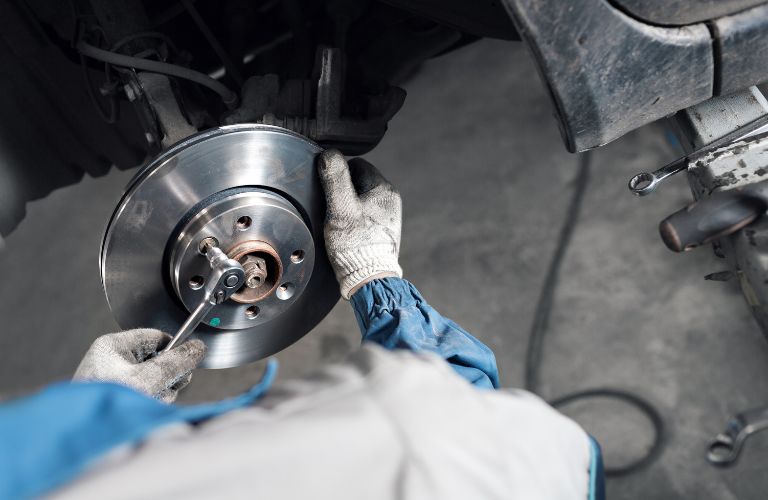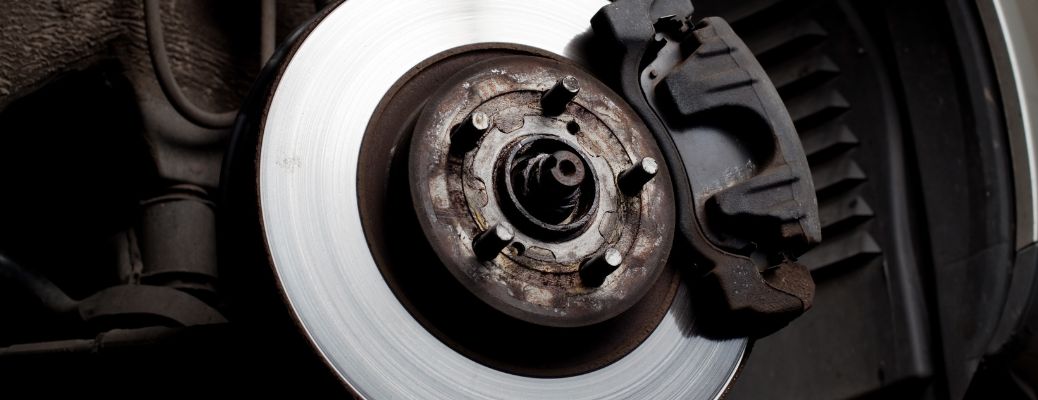Did You Know How Disc Brakes Function in Vehicles?
Regarding automotive safety, the braking system is one of the most crucial components in any vehicle. Understanding how disc brakes work and the roles of their key components can shed light on the importance of regular brake maintenance and the overall safety of driving. In this blog by Maple Shade Mazda in NJ, we detail the importance of disc brakes and explore other brake components. Read on to learn more.
833-222-7501
Basics of Disc Brakes
Disc brakes consist of several essential components working in harmony to slow down or bring a vehicle to a stop. The main components include the brake rotor, brake caliper, brake pads, and hydraulic system. A disc brake system operates on the principle of friction, converting kinetic energy into heat energy to slow down the vehicle.
Brake Rotor: The Heat Sink
The brake rotor, commonly known as the brake disc, is a flat, circular metal disc connected to the wheel hub. When the driver presses the brake pedal, the pads clamp down on the rotor’s surface, creating friction. The resulting resistance converts the vehicle’s kinetic energy into heat energy, which the rotor effectively dissipates, preventing the brakes from overheating.
Brake Caliper: Embracing the Rotor
The brake caliper plays a crucial role in the disc brake system. It houses the brake pads and contains a piston on each side. When the driver applies the brakes, hydraulic pressure forces the pistons to squeeze the pads against the rotor. This action generates the friction needed to slow down the vehicle effectively.
[Read more: Genuine Mazda OEM Parts and Service Available at Maple Shade Mazda]
Brake Pads: The Friction Facilitators
Brake pads are located within the brake caliper and directly interact with the brake rotor. They are composed of high-friction material designed to withstand tremendous heat and pressure. These brake pads undergo wear and tear over time and need regular inspection and replacement to ensure optimum braking performance.
Hydraulic System: Transmitting Force
The hydraulic system ensures that the driver’s input on the brake pedal translates into the force applied to the brake pads. When the driver presses the brake pedal, it triggers a hydraulic fluid transfer, creating the pressure necessary to activate the brake caliper and subsequently apply the brake pads on the rotor.
[Also read: Give Your Mazda the Oil it Deserves at Maple Shade Mazda]


Get Genuine Mazda Parts from Maple Shade Mazda
Check out the extensive collection of genuine Mazda parts and accessories at Maple Shade Mazda in New Jersey. You can order parts and save more at our dealership. Contact us for more information.


